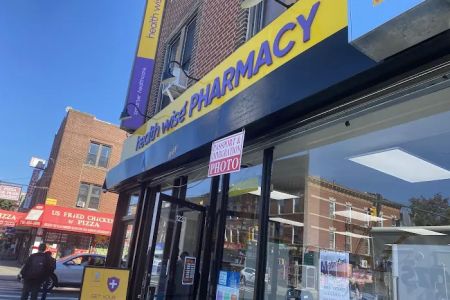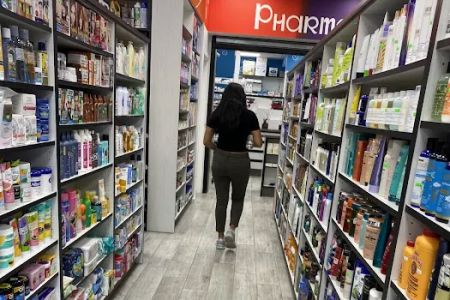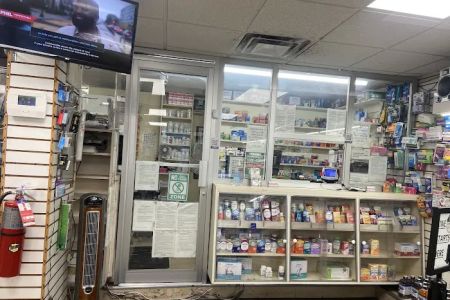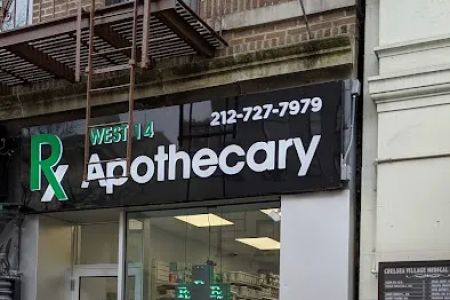Understanding the Importance of Managing Drug Interactions
As a pharmacist, I have seen countless instances where drug interactions have caused severe consequences for patients. These interactions, whether they're between prescription medications, over-the-counter drugs, or even herbal supplements, can lead to unintended side effects, reduced efficacy, or even dangerous health complications. That's why it's crucial for pharmacy professionals to implement effective strategies to manage and prevent drug interactions. In this article, I'll share with you some of the best practices and real-life examples that I have witnessed in my practice in the United States. Managing drug interactions is a significant part of ensuring patient safety and optimizing their treatment outcomes.
Why Drug Interactions Happen and Their Risks
Drug interactions occur when two or more substances react with each other in a way that either diminishes the effect of one or both drugs or causes harmful side effects. These interactions can occur at the level of drug absorption, metabolism, or elimination in the body. The risks associated with drug interactions range from mild side effects like nausea to severe issues such as organ damage or even death. One of the most dangerous aspects of drug interactions is that patients often do not realize that they are at risk, especially when they are taking multiple medications prescribed by different healthcare providers. This is where pharmacy professionals play a critical role in identifying potential risks and taking preventive measures.
Strategies for Identifying and Preventing Drug Interactions
One of the most effective strategies for managing drug interactions is vigilant screening. As a pharmacist, my first step is always to thoroughly review a patient's medication history, including both prescribed medications and over-the-counter drugs. This process allows me to identify any potential drug interactions early on. To aid in this process, pharmacies in the United States often use specialized software that cross-references drug information to detect possible interactions. These systems are incredibly helpful in flagging any dangerous combinations that could lead to adverse reactions.
However, technology alone isn't enough. Effective communication with patients is just as important. During my consultations, I take the time to explain the potential risks of combining certain medications, and I encourage patients to bring all of their medications to every visit, including supplements. This ensures that I have the most accurate and up-to-date information to make informed decisions about their care.
The Role of the Pharmacist in Educating Patients
Beyond just identifying drug interactions, pharmacists play a vital role in educating patients about the importance of medication adherence and the risks of not following prescribed guidelines. One story that stands out in my career involved a patient who was prescribed a blood thinner but had also been taking a common over-the-counter pain reliever for chronic joint pain. The combination of these two medications significantly increased the patient's risk of bleeding. Fortunately, we caught the interaction in time, and I was able to advise the patient on safer alternatives and provide them with a clear understanding of why it was essential to follow the prescribed regimen.
Education doesn't end with the patient. Pharmacists also work closely with other healthcare providers, such as doctors and nurses, to ensure that all aspects of a patient's treatment plan are considered. This collaborative approach helps to prevent overlooked interactions, particularly when patients are receiving care from multiple specialists.
Utilizing Technology in Pharmacy Practices
Pharmacies across the US have increasingly turned to technology to assist in managing drug interactions. Advanced drug interaction software allows pharmacists to quickly check for potential issues between medications and make informed decisions about substitutions or adjustments. These systems not only provide real-time alerts but also offer recommendations for safer alternatives or dosages, ensuring that the patient’s health is prioritized at every step.
Moreover, pharmacies are integrating electronic health records (EHR) into their systems, allowing pharmacists to access patients' medical histories and avoid interactions with previously prescribed drugs. This level of collaboration between pharmacists and other healthcare professionals is revolutionizing patient care by ensuring better coordination and preventing medication errors.
Real-Life Challenges and Solutions in Managing Drug Interactions
Despite the advanced tools and strategies available, managing drug interactions isn't always straightforward. There are challenges that arise from patients' lack of awareness, reluctance to change their medication regimen, or their choice to self-medicate. For instance, many people don't realize that seemingly harmless herbal supplements can interact with prescription medications in dangerous ways. I once had a patient who was taking a popular herbal remedy for sleep issues without realizing it interacted with her antidepressant medication, causing severe dizziness and confusion. By discussing her medication routine in detail and offering alternatives, we were able to resolve the issue and improve her overall health.
The Future of Drug Interaction Management
The future of managing drug interactions looks promising as more pharmacies adopt advanced technologies and patient-centered care models. We are seeing a growing emphasis on personalized medicine, where treatments are tailored to an individual's genetic profile, lifestyle, and previous health conditions. This approach not only minimizes the risk of drug interactions but also improves the overall efficacy of medications. Pharmacists will continue to play a crucial role in this evolution by offering their expertise in medication management and ensuring that patients receive the safest, most effective treatments possible.
Ultimately, the goal is to create a system where drug interactions are managed proactively, and patients are empowered with the knowledge and resources to avoid harmful medication combinations. As a pharmacist, I am dedicated to continuing my education and sharing this knowledge with my patients to improve their health and quality of life.














